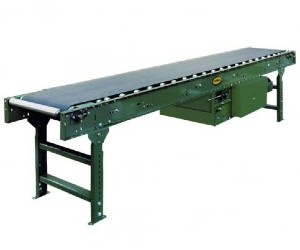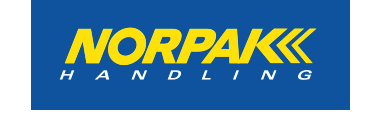 How to select the appropriate conveyor belt, according to Norpak
How to select the appropriate conveyor belt, according to Norpak
February 23, 2023 REDWIRE is news you can use from leading suppliers. Powered by FRASERS.
Posted by Norpak Handling Limited
Norpak Handling provides conveying products and complete turn-key systems to suit your requirements and solve your probl... Read more
Subscribe
Free REDWIRE e-newsletter

Norpak carries conveyor belts in various materials.
Norpak Handling Ltd. specializes in high-quality material-handling systems for industrial users. A key part of optimizing material-handling processes is choosing the right conveyor belt. A poor choice can result in numerous inefficiencies, like inadequate flow control, lack of grip on specific items, and low performance with inclines and declines. Fortunately, Norpak employs a team of conveyor experts who share the factors that a business must consider when selecting a conveyor belt.
Material determined by application
Customers should consider external factors, or the aspects of relevant applications that will affect the belt, as the first step in conveyor-belt selection. These factors include the kind of product involved, including shape, size, weight, and surface type, plus the temperature and humidity variances of the workplace. Also important to consider: the mechanics of the operations, including inclines or declines, the presence of inspection stations, and whether sorting is necessary.
Next, consider factors concerning the belt itself – the belt material, its strength (which depends on material and construction), minimum usable pulley diameter, temperature resistance or adaptability, and friction grip. The last one depends on the material and whether the belt has any special coatings.
Material is another major factor, as the suitable material is determined by the specific application. Among the common materials used in conveyor belts and their benefits:
- Kevlar – resists high temperatures, mildew, and chemical substances
- Neoprene – resists all oils
- Nitrile – resists all oils
- Polyurethane – resists oils and abrasive substances
- PVC – resists mineral and vegetable oil, and other food-related fluids, plus animal fat
- Rubber – resists water and cold temperatures, with high friction and grip
- Silicone – high resistance to extreme temperatures
- Teflon – prevents sticking to adherent material-handling
Customers who look for the right conveyor belts are frequently also looking for the most suitable conveyor surfaces for the belts. So it is a good idea to learn the difference between slider and roller beds too. Norpak provides customized solutions for some customers, following an in-depth consultation about the unique requirements, since standard conveyor belts are not sufficient for some cases.
To learn more, contact Norpak.
Share
Posted by Norpak Handling Limited
Norpak Handling provides conveying products and complete turn-key systems to suit your requirements and solve your probl... Read more
